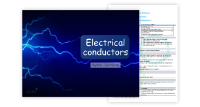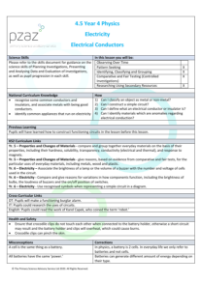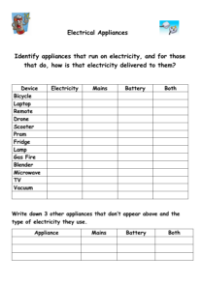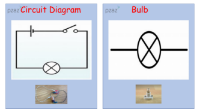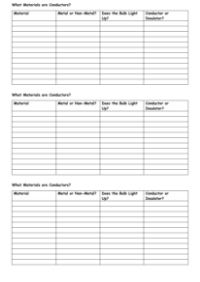Electrical Conductors - Teacher Explanation

Science Resource Description
Welcome to lesson 4.5 on Electrical Conductors, part of the Year 4 Electricity Unit. In this lesson, we'll be exploring materials that conduct electricity, known as conductors, and those that do not, referred to as insulators. The curriculum objectives covered include recognizing common conductors and insulators, associating metals with good conductivity, and identifying electrically powered appliances with a nod to health and safety. Pupils will be using crocodile clips, which require careful handling to avoid pinching skin and to prevent short circuits that could lead to overheating of battery holders. Through practical experiments using various materials such as card, plastic, and coins, pupils will discover which are conductors and which are insulators. Additionally, they'll learn about graphite, a non-metal conductor, and discuss the importance of insulators in electrical safety.
Alongside the practical activities, there are cross-curricular opportunities, including a Design and Technology (DT) project where pupils create a burglar alarm, IT research on the uses of circuits, and a biography project on Carol Chapak, the inventor of the term 'robot'. Pupils will test materials for conductivity by incorporating them into a simple circuit to see if a bulb lights up. They will also differentiate between mains and battery-powered appliances and list devices that run on electricity. The highlight of the lesson is constructing a burglar alarm, which consolidates their understanding of open and closed circuits, conductors, and insulators. Pupils will check their components, set up the alarm, and learn how it functions as a practical application of their theoretical knowledge. The lesson promises to be engaging and informative, with the aim of equipping pupils with a solid foundation in understanding electrical conductors and insulators.
